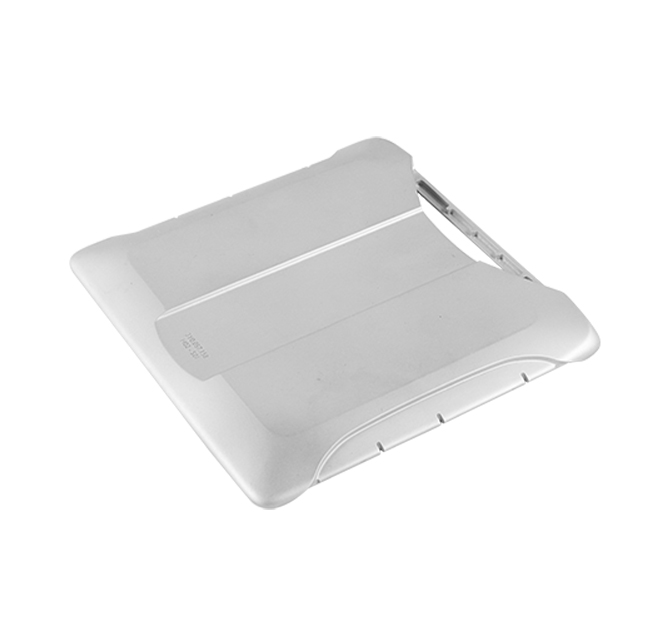Time:2025-07-23 Views:0 source:CNC Machining customization source:CNC Machining news

CNC machining of precision aluminum alloy parts is a highly accurate manufacturing process that leverages computer numerical control (CNC) systems to produce complex components with tight tolerances, often as low as ±0.001 mm. Aluminum alloys, such as 6061, 7075, and 5052, are preferred for their excellent machinability, lightweight properties, and high strength-to-weight ratio, making them ideal for aerospace, automotive, and electronics industries. The process begins with CAD (Computer-Aided Design) modeling, where engineers design the part with precise dimensions and geometries. This CAD file is then converted into a CAM (Computer-Aided Manufacturing) program, which generates toolpaths and machining instructions for the CNC machine. During machining, various cutting tools—including end mills, drills, and reamers—are used to remove material from the aluminum workpiece. High-speed spindles, often operating at 10,000 to 60,000 RPM, enable rapid material removal while maintaining precision. Coolant systems are integrated to reduce heat buildup, which can warp the aluminum or dull the tools. Key considerations include selecting the appropriate cutting parameters: feed rate, spindle speed, and depth of cut are optimized based on the alloy type and tool material to balance efficiency and surface finish. For example, 6061 aluminum, known for its good machinability, can be machined at higher feed rates than 7075, which is harder and requires slower speeds to prevent tool wear. Post-machining processes, such as deburring and surface treatments like anodizing or plating, are often applied to enhance the part’s durability and aesthetic appeal. Quality control measures, including coordinate measuring machine (CMM) inspections, ensure the final part meets the design specifications, making CNC machining of aluminum alloys a reliable method for producing high-precision components.
Read recommendations:
Sealing ring Precision electronic parts
Housing components for recessed downlights Precision electronic parts
Oval Magnetic Hardware Precision electronic parts
CNC Machining Dimension Accuracy
CNC processing factory - Meeting customers' strict requirements for precision